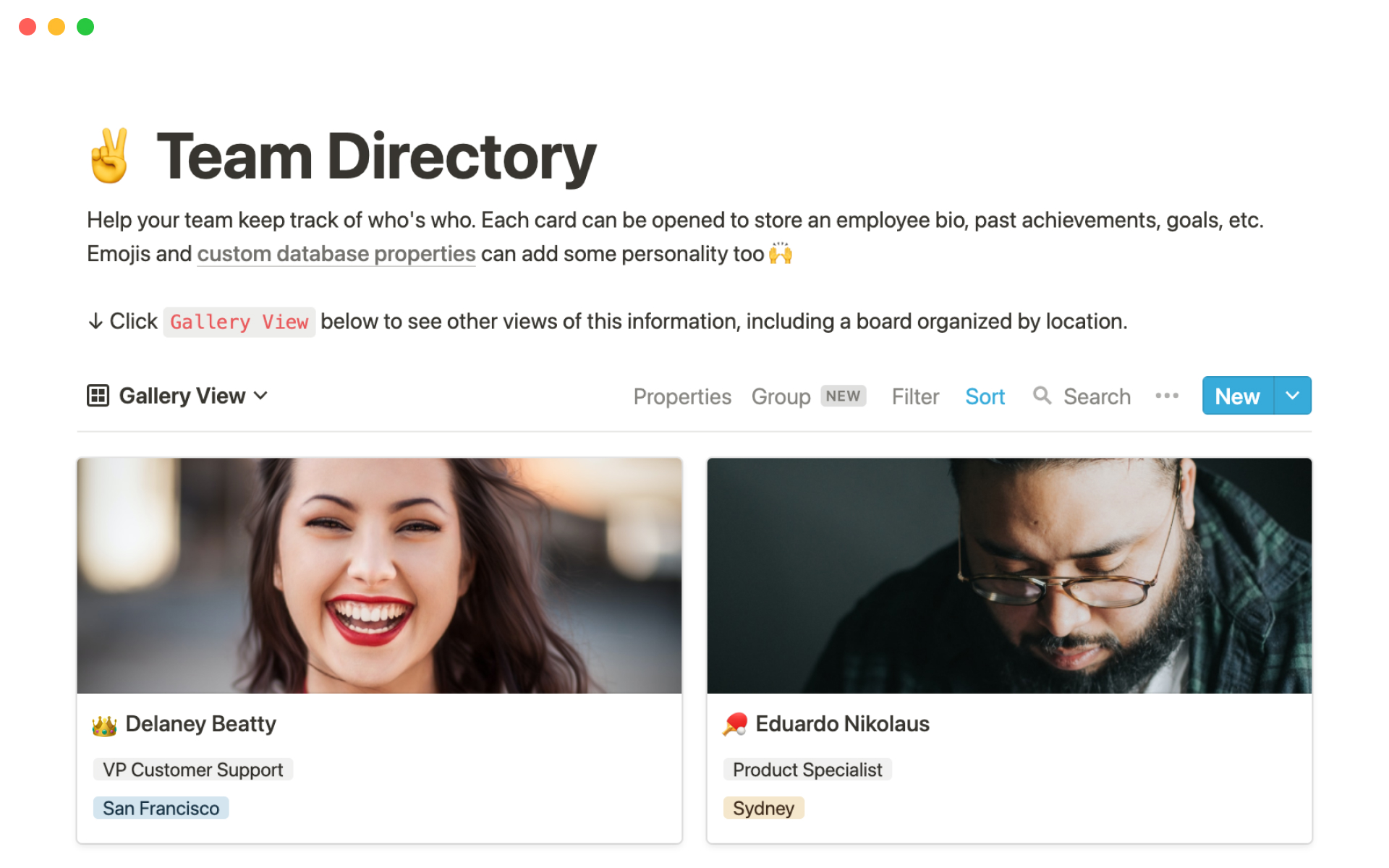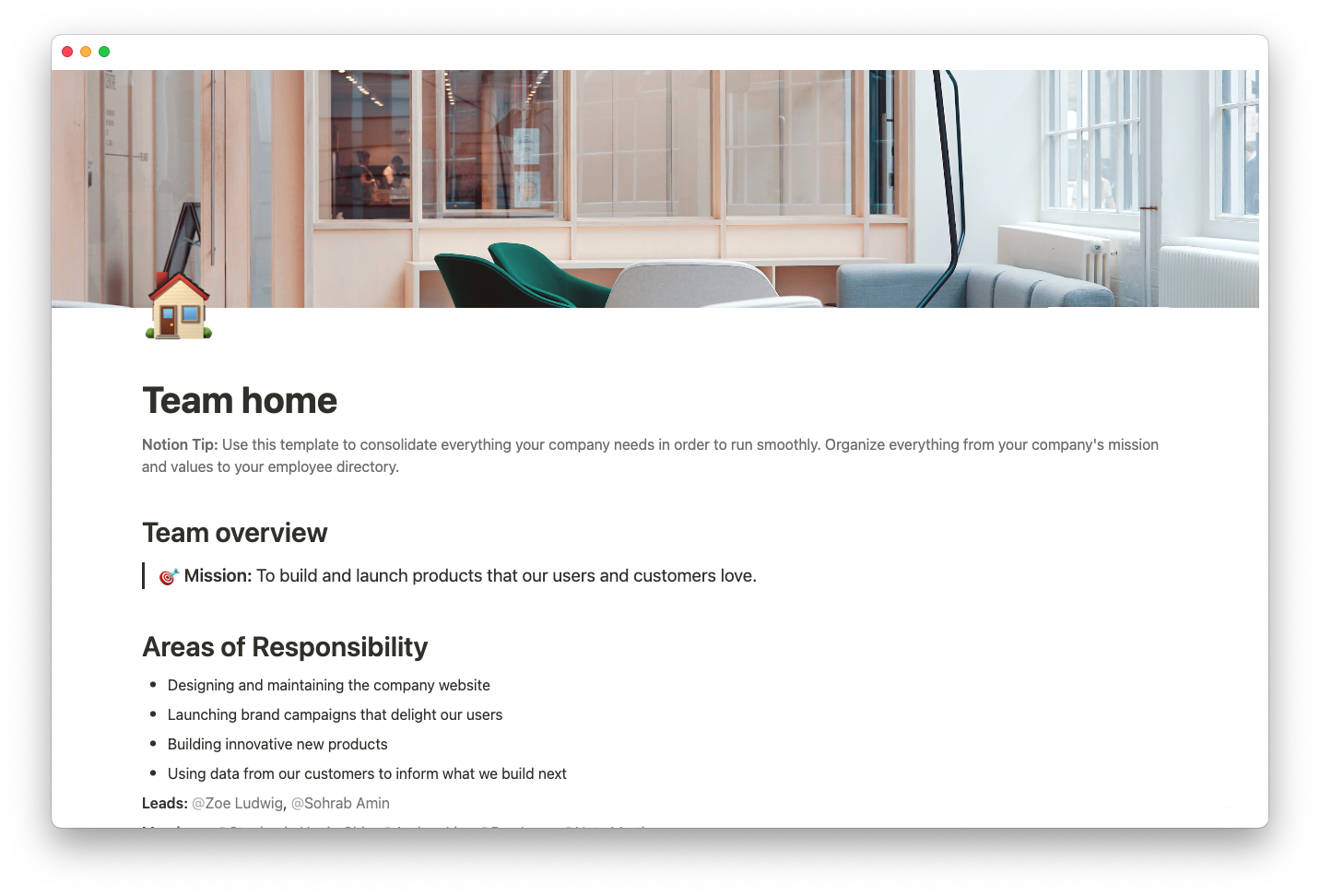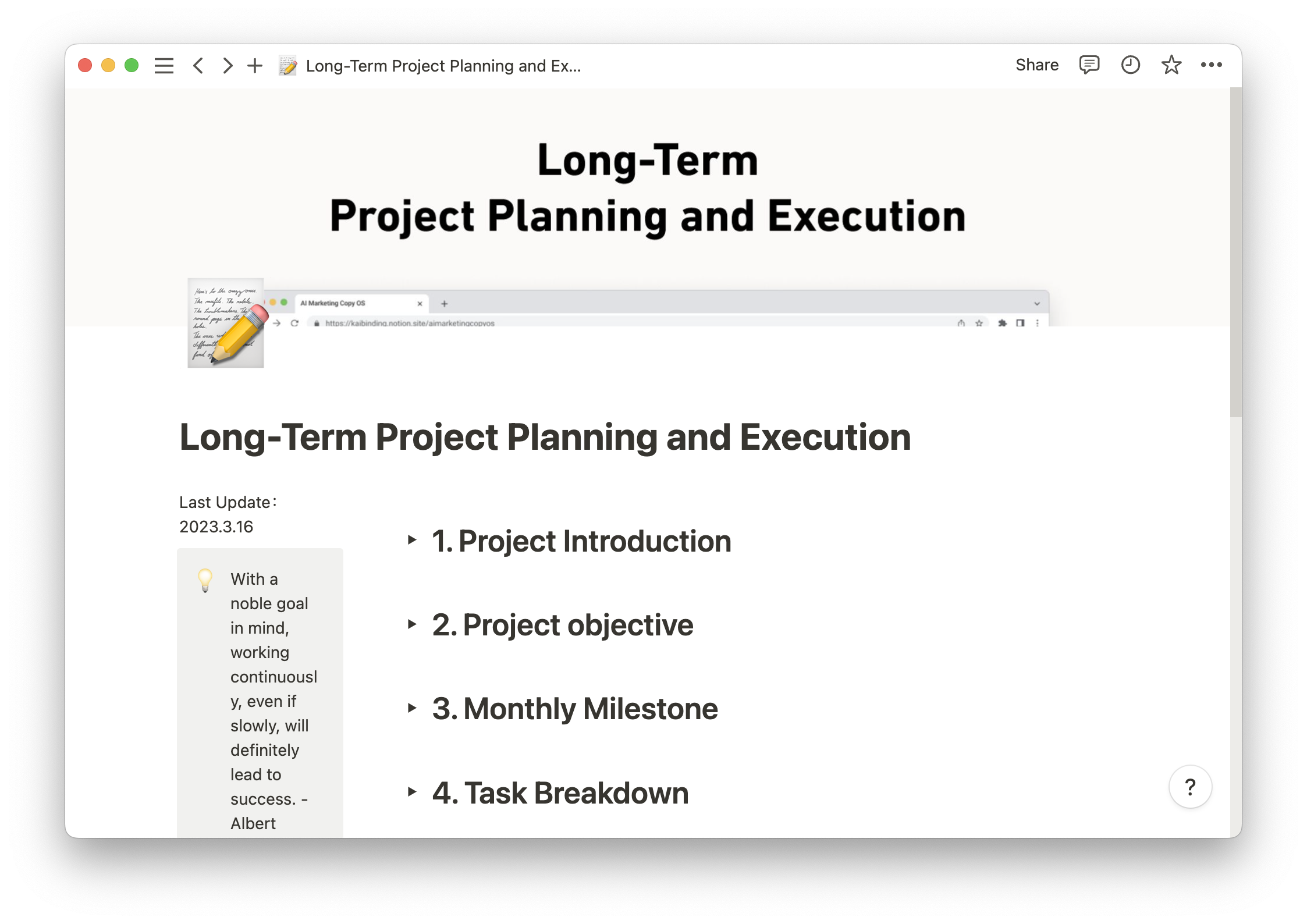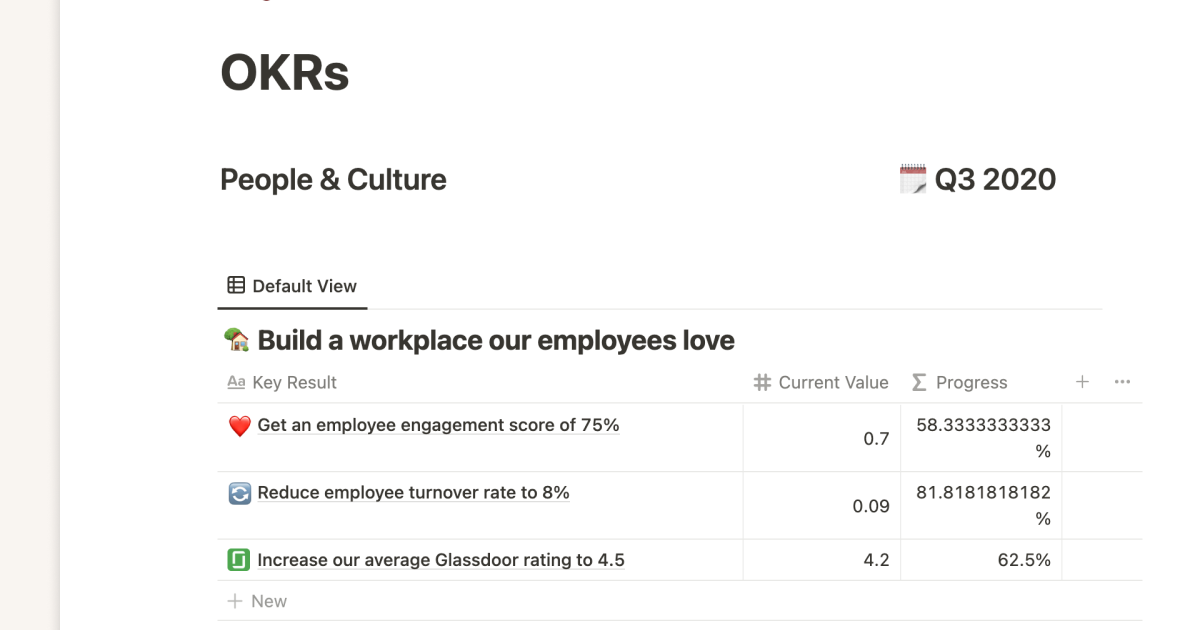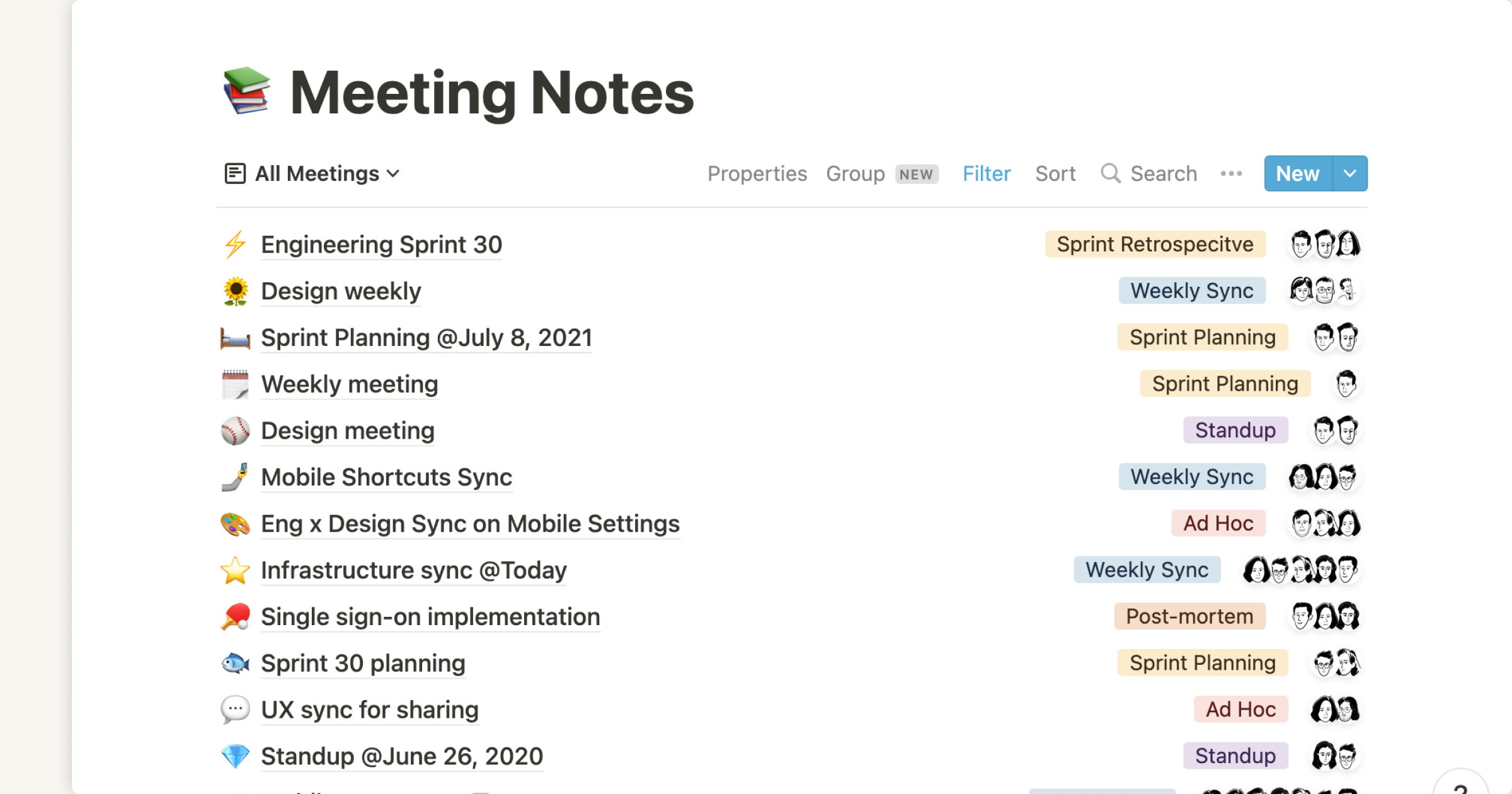Remote-first or hybrid-work models have been around for years. But jeez, did they gain steam during the global pandemic. Maybe they’re not models every company can use, but just about all startups were forced to adopt them at some point in 2020 — and it works for some better than others.
When remote work first started, there was this idea that employees would have more time for themselves, for their families. But employee burnout is on the rise. Where’s the dissonance coming from?
Many existing teamwork models are based on teams that interact in person at least some of the time. And that’s what messes with efforts to work well remotely — we’re taking in-person strategies and bringing them into the virtual world. Unfortunately, this is often a redundant effort as high-functioning virtual teams don't rely on all the same teamwork strategies used by in-person teams.
Startups that can implement virtual or hybrid company culture at the early stages of their business will reap the most benefits. Here are some open secrets that virtual teams adopt for high performance.
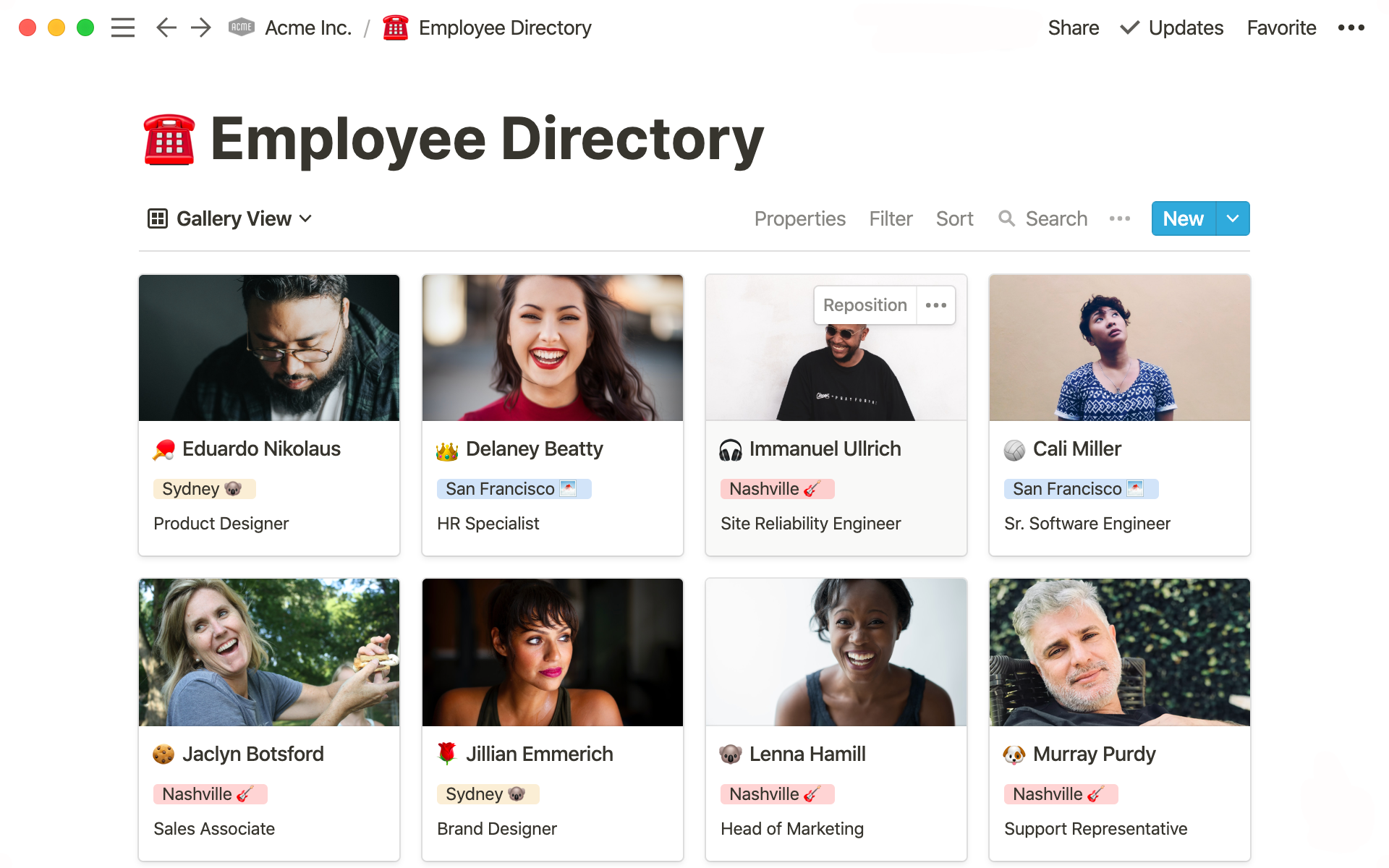
1. Reduce the perceived distance of your virtual team
The concerns that most people bring up about virtual work are related to distance — usually physical or operational — which becomes less of a concern the more sophisticated online tools become. By encouraging activity in Slack channels or keeping everyone conscious of time-zone differences, physical and operational distances can be eased.
However, a commonly overlooked type of distance among virtual teams is affinity or perceived distance, which is a more mental and emotional judgment of how near or far a colleague is. When you infrequently meet with a colleague, they might feel further away — because you don’t know them or interact with them often.
Reducing perceived distance is about establishing rapport with other team members until the relationship seems solid enough that everyone feels comfortable interacting as if they were in the same physical space every day. This is why remote collaborators may be geographically distant and yet feel as though they are desk mates in an office or vice versa.
Every Friday at Notion, a teammate shares their “life story,” helping us get to know our colleagues a little better.
By encouraging colleagues to learn about each other, teams can maximize their strengths, build trust, and create a bond independent of working from the same office.
Some popular ways to reduce perceived distance are through watercooler chats in a dedicated Slack channel where employees can get to know each other through non-work-related conversations.
Before you can get to know your team, you have to know who they are in the first place — which can be especially hard for remote teams. Multiverse takes a creative approach to team introductions and bonding with an employee directory called a Character Sheet. New hires fill out a form, and the company commissions a unique avatar for them — all of which live in their company wiki for their colleagues to see.
Each character sheet details how the employee likes to work, their interests, their strengths, and their weaknesses. Multiverse could go the route of straightforward introductions, but their format is great for helping colleagues find common ground and feel a sense of belonging.
2. Provide context on all documentation to avoid misunderstandings
The rapid growth at most startups often means that important context will be missing from the documentation. Because startups move so quickly, that’s mostly understandable. But teams need to prioritize solving this issue because systems and processes can break very quickly without their “how” and “why” communicated clearly and often. Don’t assume that the next person who reads your documentation will know why it exists — spell out your reasoning.
What does the right context look like? The reasoning behind any decisions made, feedback, and revisions all fall under the umbrella of important context. Knowing why the product team decided on October 24 over December 1 for a launch date can help align team members on decisions and with similar choices in the future.
Deel is a great example of a company that uses comprehensive documentation to empower its growing team. Working in a global remote team can lead to employees getting blocked. They have to wait hours for their manager to log in and give them key context. A clearly presented, extensive content library means employees can find answers to their questions without having to turn to a Slack thread.
As a global payroll tool, it’s essential that employees at Deel have their heads around the latest compliance policies. Notion means Deel can “provide a consistent experience [for employees] with information that’s up-to-date.”
Virtual teams need to set clear guidelines for providing context in documentation — this embeds it in company culture. These requirements ensure context makes it into all documents when it might otherwise be forgotten.
When teams at Notion want to create a new process or project spec, we use one “request for comment” template that’s accessible to everyone. In it, there are requirements like scope, deadlines, considerations, teams, and more. This helps everyone approach problems with the same framework, one that we’ve seen work across projects and teams.
3. Trust team members to do their jobs
Giving teams autonomy empowers them to learn, take responsibility, and do their best work. That’s unlike micromanagement — for example, monitoring keystrokes or mouse movements over the workday — which can be especially disruptive for knowledge workers.
According to Gartner, people who feel tracked are “94% more likely to sometimes pretend to be working due to the pressure to be ‘always on.’” Overbearing management can lead to dishonesty, less productivity, burnout — the list goes on.
On the other hand, not providing enough support or oversight can cause team members to lose direction and stifle company growth. It’s a difficult balance to strike.
Create a culture of transparency by defining and communicating each team’s goals and success metrics to all employees. Buffer shares a public OKR document that links individual projects and tasks to larger goals, allowing users to see how everyone's efforts stack up.
Some ways to create a unified team that you can trust include:
Review your onboarding processes to make sure that new team members have all the tools and information that they need to succeed. Maybe your new marketing hire didn’t follow the right copywriting process because they didn’t have access to your process docs in the first place.
Set clear expectations for every new and existing team member to avoid dissonance in daily activities. If you need all hands on deck for a team meeting or a social media graphic before 10am EST, be clear and firm about it. Communicate deadlines and expected results clearly and frequently.
Respect work-life boundaries. Your team members are adults with lives outside of work — expecting a colleague’s input when it’s 9pm their time likely won’t fly for everyone. When people have made their boundaries clear — a teammate needing frequent breaks to watch their kids, for example — respect them. As long as results are delivered, you shouldn’t punish any employee for how they choose to operate.
The Capgemini team tracks all work in one kanban board, with the status always updated. This way, aside from one real-time sync each week, team members are free to work asynchronously on meeting goals and innovating for clients. Meanwhile, team leads can keep an eye on every project without hovering, allowing uninterrupted creativity.
While clear expectations are necessary, startups also need to allow team members room to take on other responsibilities. Startups can accomplish this by cultivating an environment in which employees feel free to volunteer for a project that appears to be outside of their wheelhouse — respect for both expertise and learning co-exists peacefully. You never know. You might have a star writer on your engineering team.
Foster virtual team alignment with a Notion company wiki
There is no one-size-fits-all approach to success for any team — even virtual ones. Team members will come and go, and processes will change out of necessity. Flexible and adaptable virtual teams will weather these changes better than those that are not.
The most important thing is that everyone is aligned on the team’s goals and works toward those goals, wherever they are. A great start to fostering alignment within your startup is creating a company wiki.

